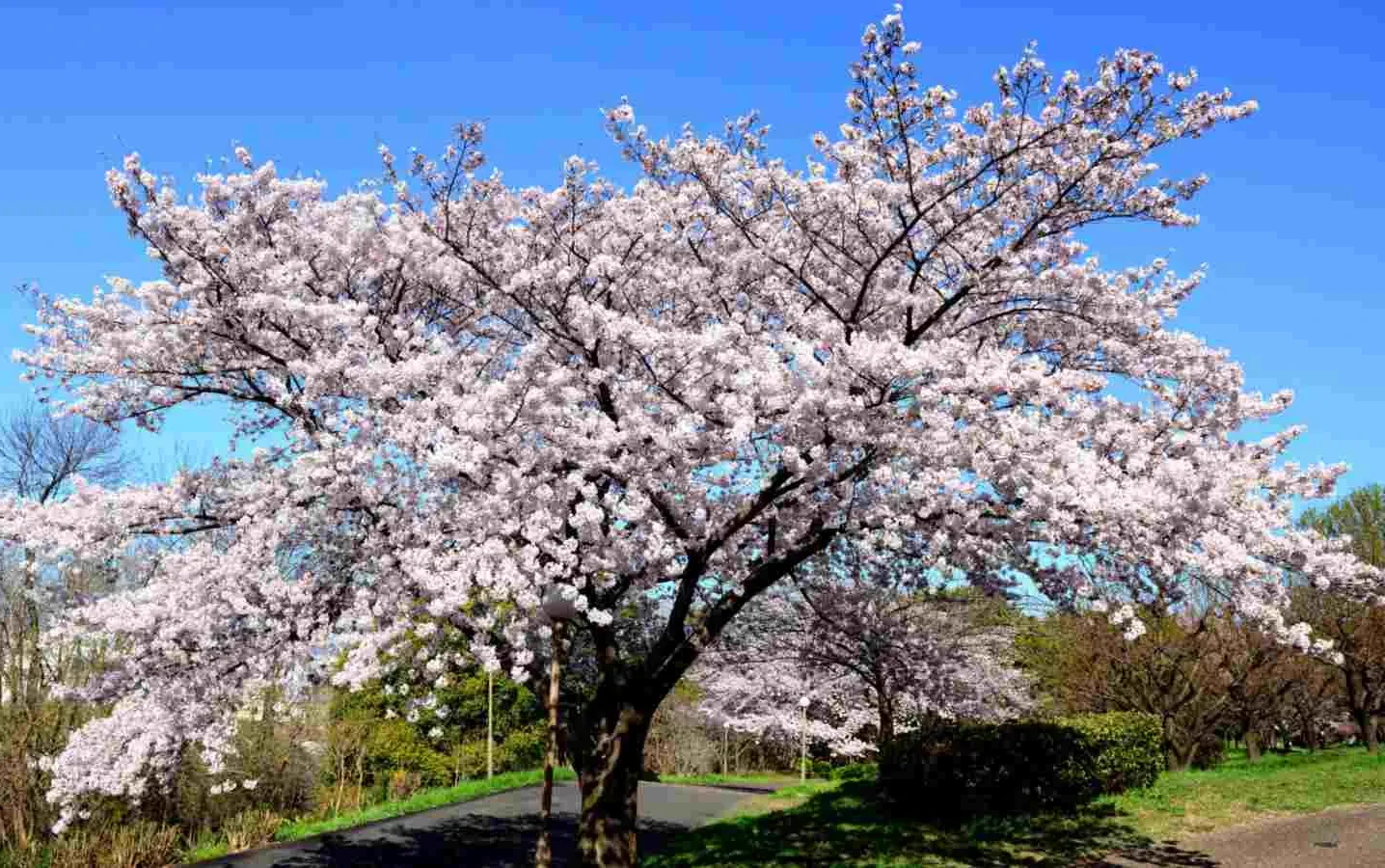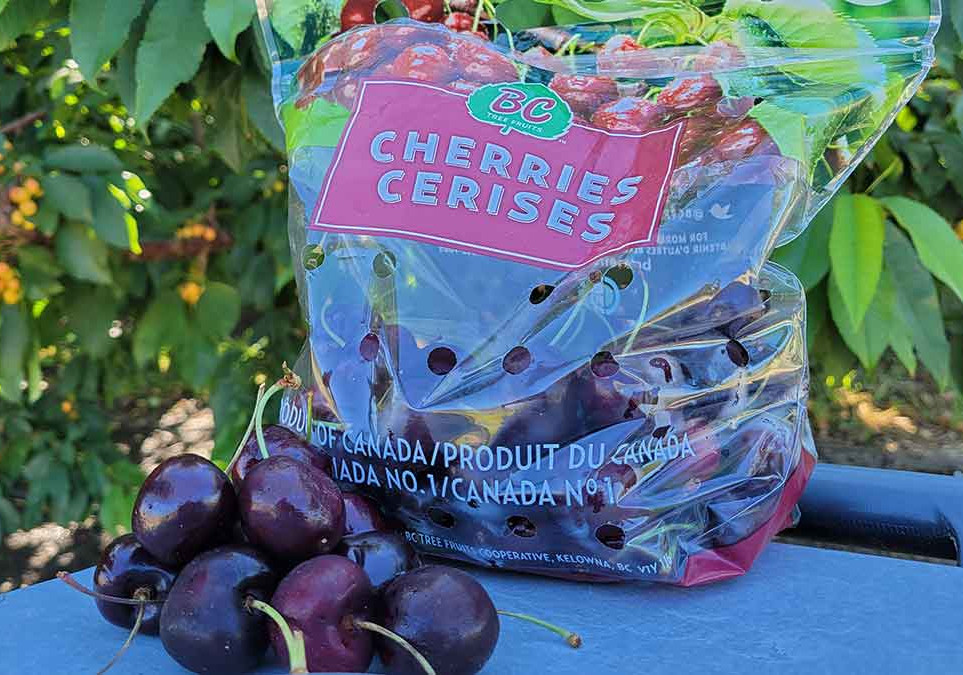Even before the end of winter, cherry growers in British Columbia (B.C.) knew that the 2024 cherry crop would be very small due to a severe frost that occurred in January. Although the province does not collect statistics from growers and packers, this year's production volume was about 10-20% of an average crop.
"This happened after four bad cherry crops in B.C. and will be regarded as the worst crop in living memory," says Richard Isaacs of Global Fruit. Many growers chose not to harvest at all, as the labor costs are almost the same for a tree bearing 50 pounds of fruit as for a tree bearing only 10 pounds. "These growers couldn't justify the harvesting costs, and many left the cherries on the trees."
A short crop in volume and duration
Overall, it was a short crop in both quantity and duration. The devastating frost affected all regions of B.C., but the northern part of the Okanagan Valley and the city of Creston were the hardest hit, and these are traditionally the areas where the latest cherries are grown.
A hot and dry July, with temperatures consistently above 30°C, caused the cherries to ripen more quickly. "Additionally, small crops always tend to ripen faster, as the tree has more energy to devote to each individual cherry." These combined circumstances meant that the B.C. cherry harvest ended on August 17, about three weeks earlier than usual.
Government support
The B.C. government recognized that tree fruit growers have faced difficult times due to extreme weather conditions and the recent closure of the BC Tree Fruits Cooperative. As a result, new or updated financial support has been announced for farmers whose livelihoods depend on it.
The province is enhancing the AgriStability program to increase the compensation rate to 90% and double the compensation cap for all farmers for the 2024 program year. It is estimated that farmers in need will receive immediate aid of $15 million.
Additionally, a new climate resilience program for tree fruits will provide $5 million to help tree fruit growers purchase equipment and undertake projects that were not eligible under previous programs. “This will strengthen the resilience and preparedness of farms in the face of extreme weather conditions,” the B.C. government said on its website.
“This support from the B.C. government is much appreciated, particularly the climate resilience program, which I hope will become an ongoing fund and not just an annual injection,” commented Isaacs. “This has been a cherry season we want to forget, but it's also a season from which we can learn many lessons to adapt and continue in the future.”

Looking ahead
In addition to selling and marketing B.C. cherries, Global Fruit has formed partnerships with cherry growers in Chile and Argentina. “Our fourth season is approaching, and we are very excited for the Southern Hemisphere crop,” Isaacs commented. Both Chile and Argentina have had plenty of chill hours, enough rain, and the trees appear healthy with many buds.
"Everyone is predicting a record crop for Chile,” Isaacs said. “The country could ship more than 100 million boxes of 5 kg.” Compared to Chile, Argentina's cherry volume is much lower, but geographic distribution is key to ensuring a steady supply and high quality with such a volatile crop as cherries."
"Both countries share the same harvest window, which starts in late October, early November. “Our programs start simultaneously from Chile and Argentina, launching the season with air freight and then switching to sea freight, with the last containers from Los Antiguos, Argentina, arriving in March.”
Export markets
Global Fruit started marketing cherries from South America three years ago and will continue to develop the program. “At the time, we saw the opportunity to develop a model focused on a short supply chain, with the right fruit arriving at the right time,” Isaacs said.
The Global Fruit team is present in Chile and Argentina to ensure that only high-quality fruit reaches North America, Asia, and Europe, the main export destinations. "The Chilean industry has always focused on China, and it's fair to say that cherries packed for other markets haven't always been the best.
Consumers in North America know what cherries look and taste like because they enjoy them every summer in the U.S. and Canada. Our supply chain model allows us to maintain the same quality standards even in the winter months. Too often in the past, cherries on store shelves during the winter have resulted in high inventory shrinkage and low repeat purchases.
Read the full article: Freshplaza
Image: Freshplaza
Cherry Times - All rights reserved











